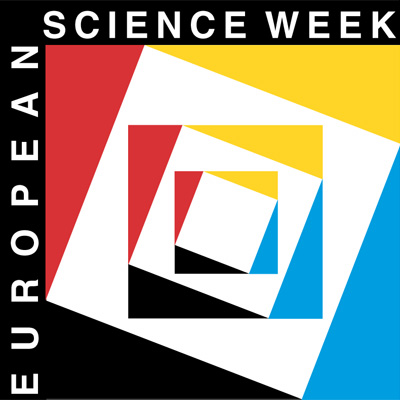

The Venus Transit 2004
... Brief InfoSheet E1
The Detection of Extrasolar Planets
The Transit of Venus gives us the opportunity to see how transits make it possible to detect extrasolar planets, i.e. planets orbiting stars other than the Sun.
Indeed, albeit the most naive method to detect a planet around a star would be to take a picture, this it is the most difficult to implement because the star is a billion times more brilliant than the planet and dazzles the observer.
One needs thus to use indirect approaches, the most successful up to now being the radial velocity search. This is based on the fact that as the planet orbits its host star, it also induces a tiny motion of the star. This periodic motion can be measured by recording the radial velocity of the star as a function of time.
The method of the radial velocity shifts made possible the detection of 103 planetary systems containing 118 planets. Extrapolated to the entire galaxy, this reveals that this latter must contain at least 7 billion planets.
This method is however not able to detect Earth-like planets as the amplitude exerted on the Sun by the Earth is well beyond technical feasibilities.
A more promising method is therefore the transit method. A planet can slightly and temporarily darken a star around which it orbits (transit). It is the transposition to stars of the Venus passage in front of the Sun. This drop of luminosity is 1% for a giant planet like Jupiter and 0.01% for a planet of the size of the Earth, not a problem with present-day technologies.
Two exoplanets (HD 209458 b and OGLE-TR-56 B) were shown to produce a transit. The first one was even also detected by an amateur astronomer. All these planets are giant planets, though and the hunt is still on to find Earth-like planets.
Two new, extremely hot exoplanets were recently found with the transit method, cf. ESO Press Release 11/04. This discovery provided a very timely demonstration of the power of this method, shortly before the Venus Transit. More information about exoplanets is available in the PP-presentation from the related talk given by Gero Rupprecht during the Brandys meeting.
Want to know more?
This topic is discussed in a more detailed way in the associated Extended InfoSheet.
Back to the List of Brief InfoSheets.
